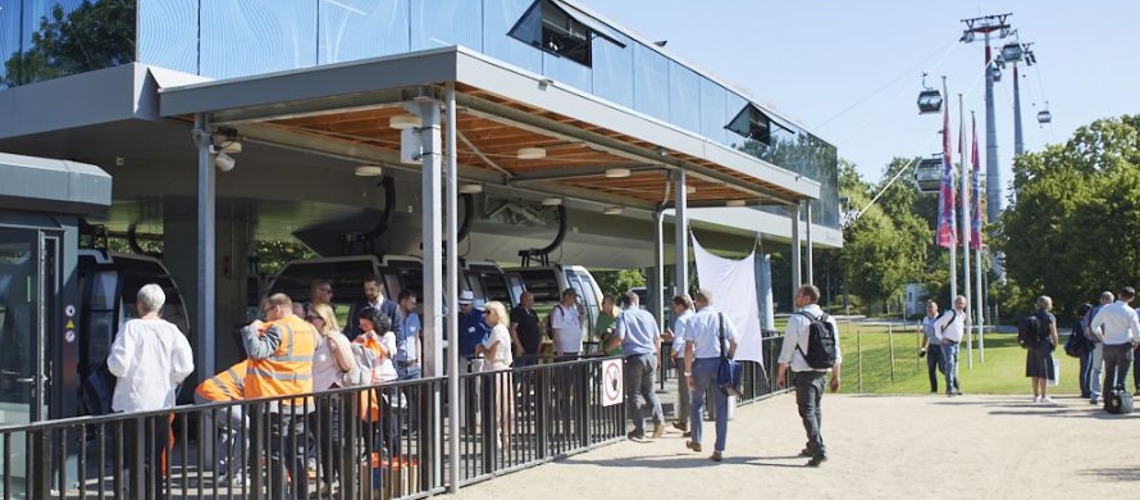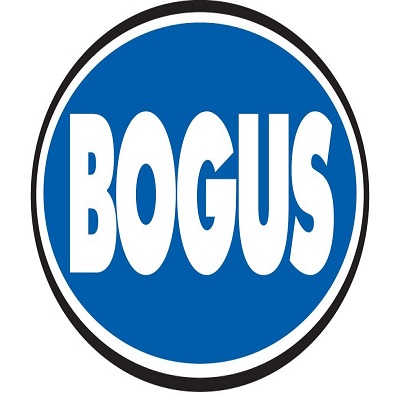Experts Discuss The Future Of Mobility At VRN Cable Car Day Mannheim

Mobility is in the air - how can cities, municipalities and districts plan and design the necessary mobility turnaround, e.g. with cable cars, in a timely and successful manner? These and more questions were the focus of today's VRN cable car day on the grounds of the Federal Garden Show in Mannheim at the invitation of the Rhine-Neckar Transport Association (VRN) together with the Federal Ministry for Digital Affairs and Transport (BMDV), the Baden-Württemberg Ministry of Transport, the networker for Topic cable cars from CableCar World GmbH, the cable car manufacturer Doppelmayr and the Federal Garden Show Mannheim 2023 gGmbH.
Around 170 participants from companies, administration, economy, politics, associations and associations accepted the joint invitation and were able to take part in various lectures, workshops and forums and experience the cable car on the BUGA 23 up close.
The use of the so-called plus one level for public mobility with cable cars is increasing significantly worldwide. In Germany, too, more and more municipalities are looking into the possibilities. The Federal Ministry of Transport and in particular the federal states of Baden-Württemberg, North Rhine-Westphalia and Bavaria have created the appropriate regulatory requirements and funding measures to enable implementation.
As part of a potential and feasibility study for cable car systems, around 20 connections were identified in the VRN network area in a first step, for which a cable car offer would be fundamentally conceivable. Four projects in the core of the metropolitan region are primarily considered:
- A cable car connection in the Heidelberg city area to connect the Neuenheimer Feld to a multimodal node at the train station in Pfaffengrund-Wieblingen with a link to local public transport, public transport, P&R and B&R as a useful addition to the existing public transport system.
- A small cable car between the municipalities of Altrip and Mannheim-Neckarau as an attractive means of closing the public transport gap.
- A gondola for the development of the Wiesloch-Walldorf commercial area as an efficient alternative to the existing bus service.
- A cable car connection between Mannheim and Ludwigshafen as a temporary interim solution for crossing the Rhine in connection with the bridge renovations to be expected in the future.
The VRN cable car day included the consideration of the recently published guide "Urban cable cars in local public transport" from the perspective of the federal government, but also supplemented by the perspective of the federal states, the region or municipalities and science on the implementation of such climate-friendly projects. Questions arose as to whether cable cars make sense in the city or what opportunities and limitations such cable car systems have.
In addition to keynote speeches on possibilities for cable cars in the VRN, comparisons of cable cars and traditional public transport to new perspectives for the development and development of cities and their residential areas, concrete scenarios were discussed and played out in various workshops and forums. In a panel discussion, cable cars were viewed as a new tool in the public transport toolbox and the prerequisites, responsibilities, planning simplifications and conceivable applications for a faster and more successful use of cable cars as a useful supplement or expansion of the existing public transport offer or the development of new areas were discussed.
Statements by the event partners and participants in the panel discussion:
MdL Elke Zimmer, State Secretary in the Baden-Württemberg Ministry of Transport
“The state government of Baden-Württemberg is very open to innovative public transport solutions. We welcome initiatives for urban cable cars in Stuttgart, in the Rhine-Neckar region and other municipalities in the state. The existing federal and state subsidies create attractive financing options. I would be very happy if cable cars would also demonstrate their advantages in Baden-Württemberg in the future and thus make their contribution to climate protection as an environmentally friendly alternative. The Ministry of Transport and the Regional Council of Freiburg are available as competent partners for all interested parties.”
Michael Theurer, Parliamentary State Secretary at the Federal Ministry for Digital Affairs and Transport
“Urban ropeways are reliable, climate-friendly and space-saving and are therefore generally suitable as a means of public transport. With our guidelines, we give municipalities that want to use this potential concrete support in the realization of projects - from the idea to planning and construction to operation. Our guide shows how urban cable cars can also be used in Germany and integrated into the local transport network.”
Christian Specht, Mayor of the City of Mannheim, Chairman of the Rhein-Neckar transport association
"Our goal is to permanently improve the air quality and quality of life in the cities of the Rhine-Neckar metropolitan region and to ensure sustainable and emission-free mobility for the future. This can also include the addition of an electric cable car to public transport. The VRN has therefore been working intensively on the subject for years. The cable car on the BUGA 23 in Mannheim shows that such a project can be implemented quickly, but that special conditions must also be met. Aspects such as connection and transfer options, urban planning and accessibility are also particularly important. In the future, we will continue to examine the VRN area intensively and, in doing so, also consider this building block of attractive, sustainable mobility for the traffic turnaround.”
Prof. Dr. Jürgen Follmann, predean in the department of civil and environmental engineering at the Darmstadt University of Applied Sciences
“Urban ropeways can overcome obstacles such as rivers or traffic routes or close gaps in the public transport network. They are a reliable and proven means of transport and at the same time climate-friendly and space-saving.
For the Rhine-Neckar region, they must definitely be considered when developing settlement areas. In the case of comprehensive, long-term construction measures, such as the planned bridges between Mannheim and Ludwigshafen, they would be an ideal interim solution to secure the connection for the construction period.
In any case, they set a clear exclamation mark for future-oriented neighborhood development and exude dynamism and esprit. Funding is available.”













